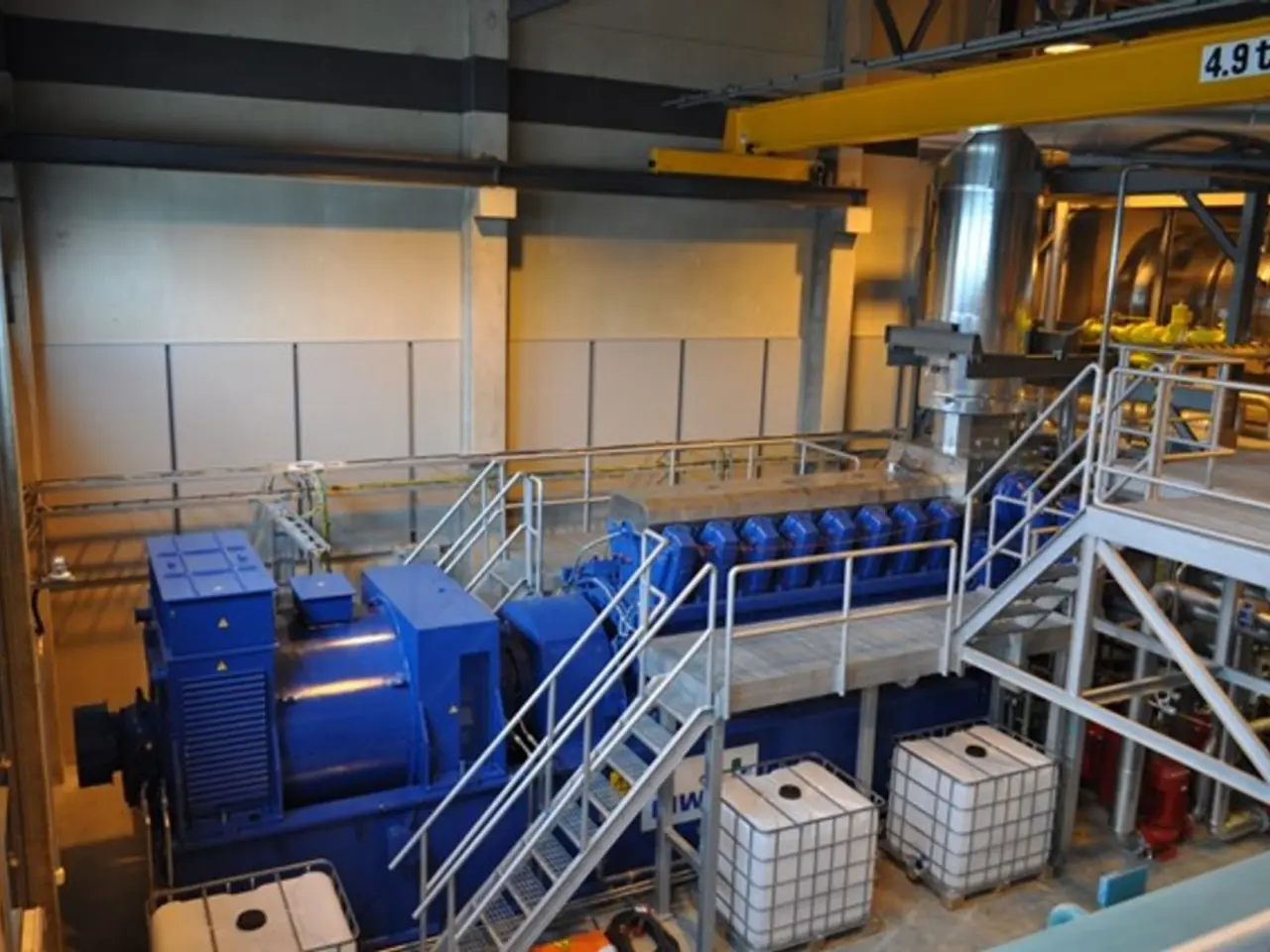Maintaining Warehouse Efficiency: Ensuring Your Facility Operates Seamlessly
Maintaining a safe and efficient warehouse environment is crucial for any business. Here's a checklist that covers key components for equipment condition, facility safety, and operational controls:
- Documentation and Accountability
Record the inspector's name, date, and details of the equipment or area serviced to ensure accountability and traceability.
- Equipment and Machinery Maintenance
Check for signs of wear, damages, and operational readiness of machinery such as forklifts, conveyor belts, and pallet jacks. Include calibration status and maintenance history to ensure machinery is functioning correctly and safely.
- Facility and Environmental Safety Checks
Inspect for clean and clear walkways, proper lighting, ventilation, absence of slip or trip hazards, and compliance with housekeeping standards like dust control and sanitation.
- Inventory and Pallet Inspection
Ensure that pallets and storage units are intact, free of damage, and properly labeled by SKU to prevent product damage and facilitate tracking.
- Personal Protective Equipment (PPE) Checks
Verify the availability, condition, and correct usage of PPE to protect warehouse workers from occupational hazards.
- Quality Control Procedures
Implement checklists for verification of incoming and outgoing goods for correct quantity, damage-free condition, and conformity to purchase orders. Document any defects or discrepancies for corrective action.
- Housekeeping and Housekeeping-Related Safety
Regularly inspect sanitation facilities, hand-washing stations, pest control measures, hazardous substance containment, and clear exit routes to maintain a hygienic and hazard-free environment.
- Remarks and Follow-up Actions
Record recommendations, defects found, necessary repairs, and schedule the next maintenance or inspection to ensure continuous improvement and compliance.
- Documentation and Evidence
Include records of maintenance activities, repair history, photos or videos as evidence, and properly store these for future reference and audits.
Additional considerations include:
- The cleanliness and proper functioning of the HVAC system support air quality, temperature control, employee comfort, and the protection of sensitive inventory.
- Ensure that barcoding equipment or RFID readers are operating correctly to keep stock records accurate.
- Organize inventory in a way that supports safe access and efficient workflow.
By following this checklist and leveraging digital tools and maintenance management software, businesses can enhance their warehouse maintenance processes, minimizing downtime and risks associated with equipment failure or workplace hazards, and maintaining a safer, more efficient work environment.
In the manufacturing industry, appropriate finance is crucial for the funding of construction projects, including the design and installation of advanced equipment for improved warehouse efficiency. This funding can facilitate the purchase of high-quality stones for construction, contributing to the overall aesthetic appeal and durability of the warehouse structure. Essentially, a well-maintained warehouse, with safety measures ranging from equipment condition to personal protective equipment (PPE), relies not only on effective operational controls but also on skilled financiers who can strategize allocation of resources for optimal results in the stone, construction, and manufacturing sectors.




